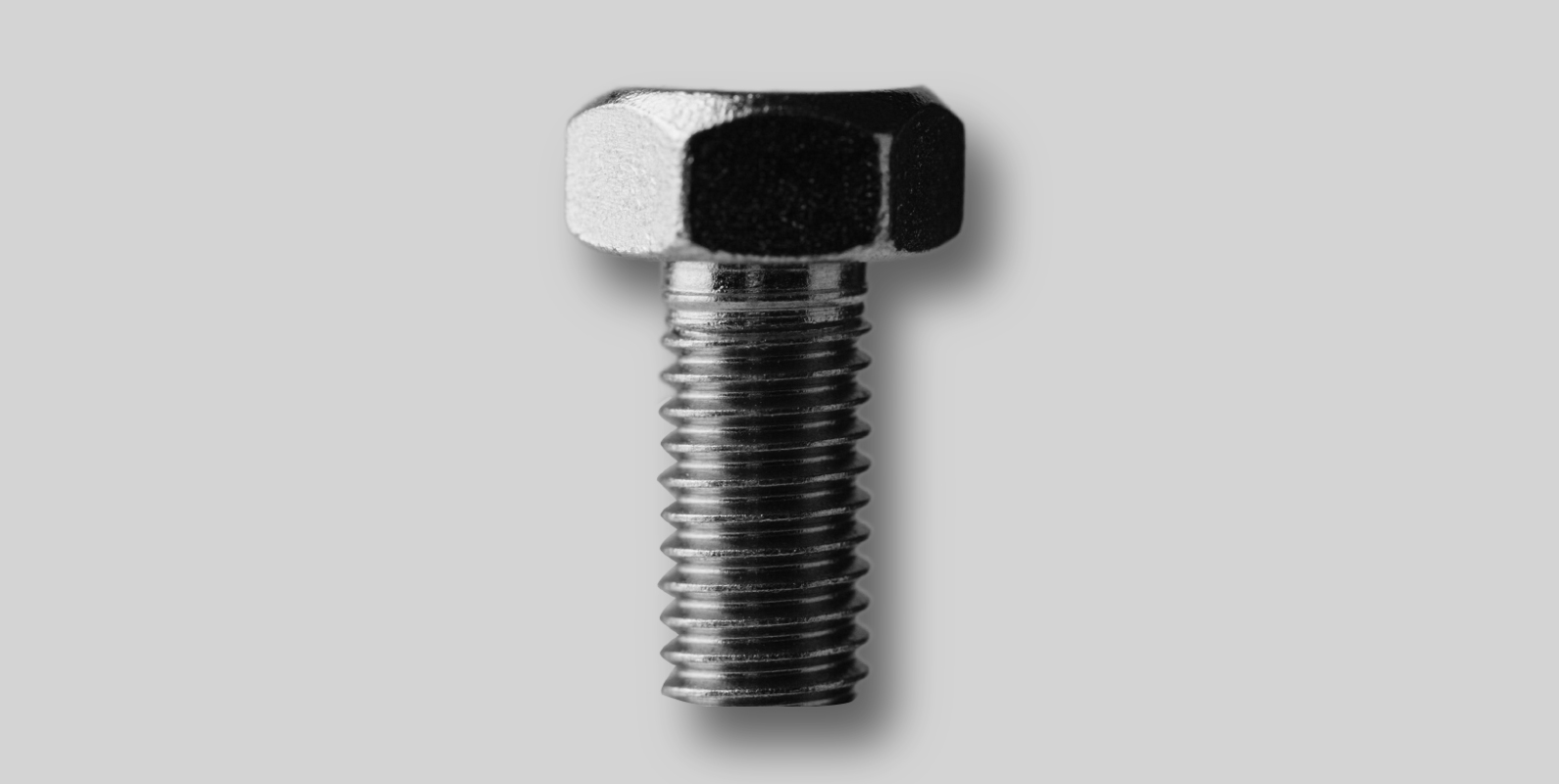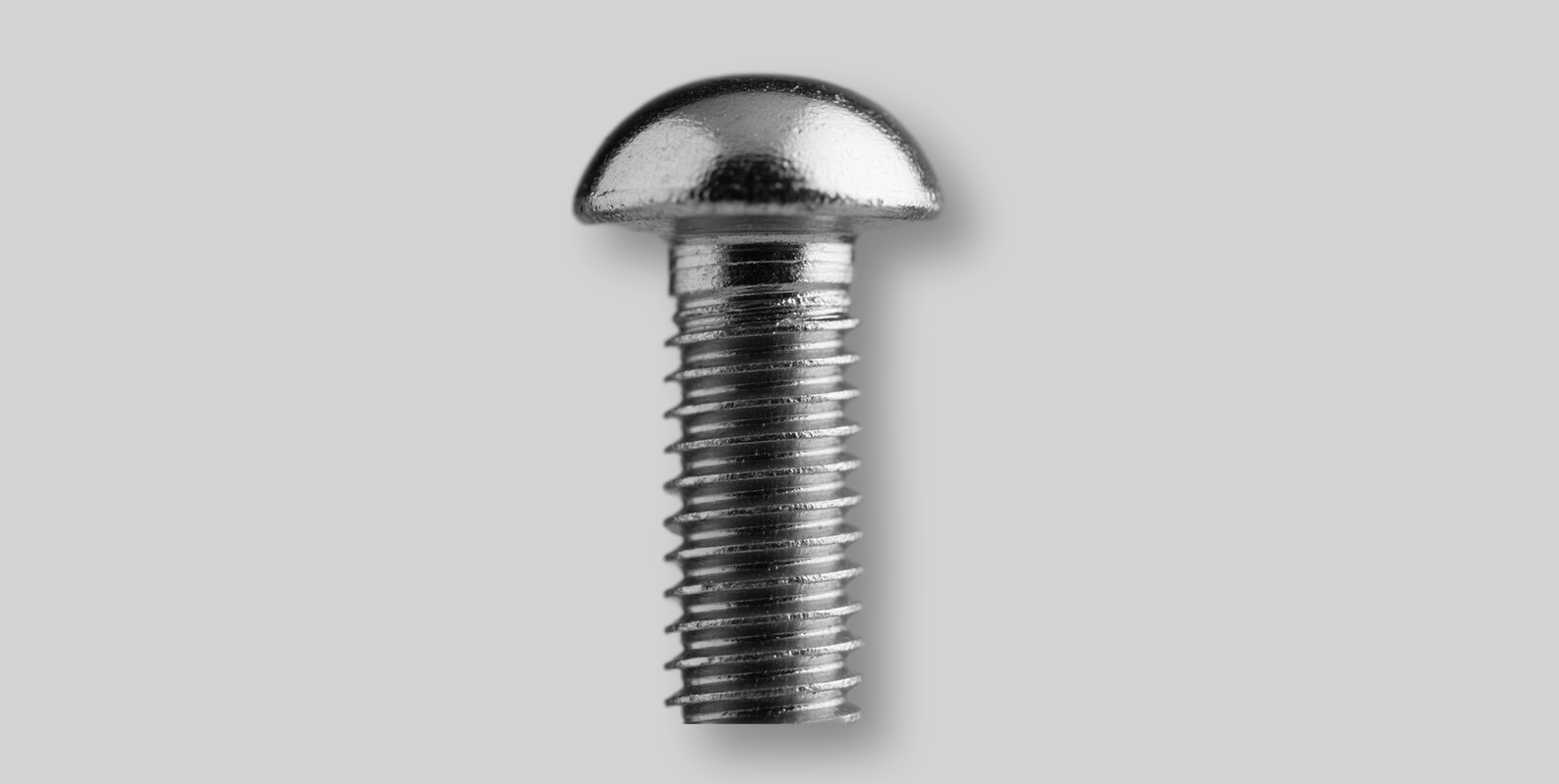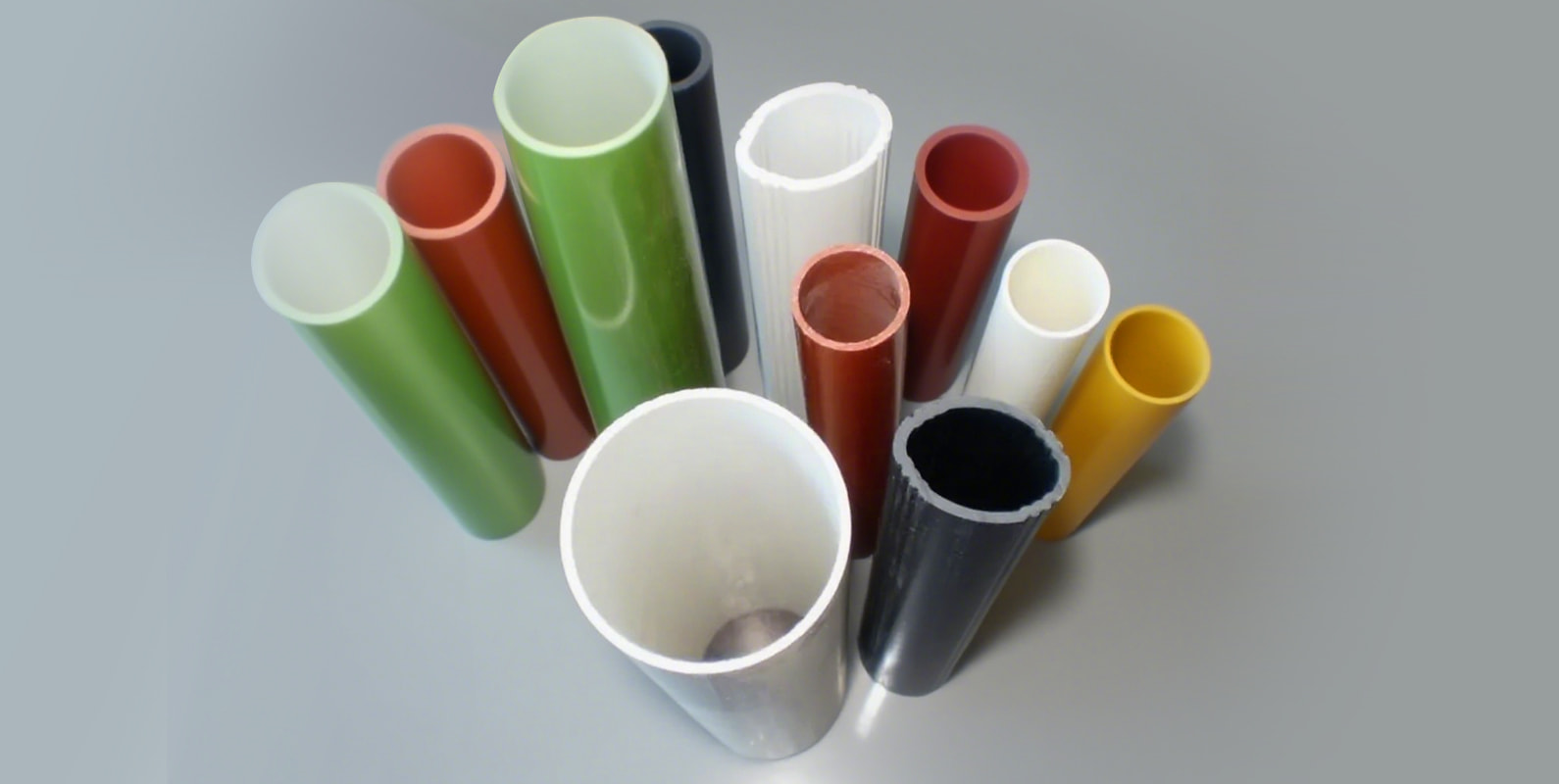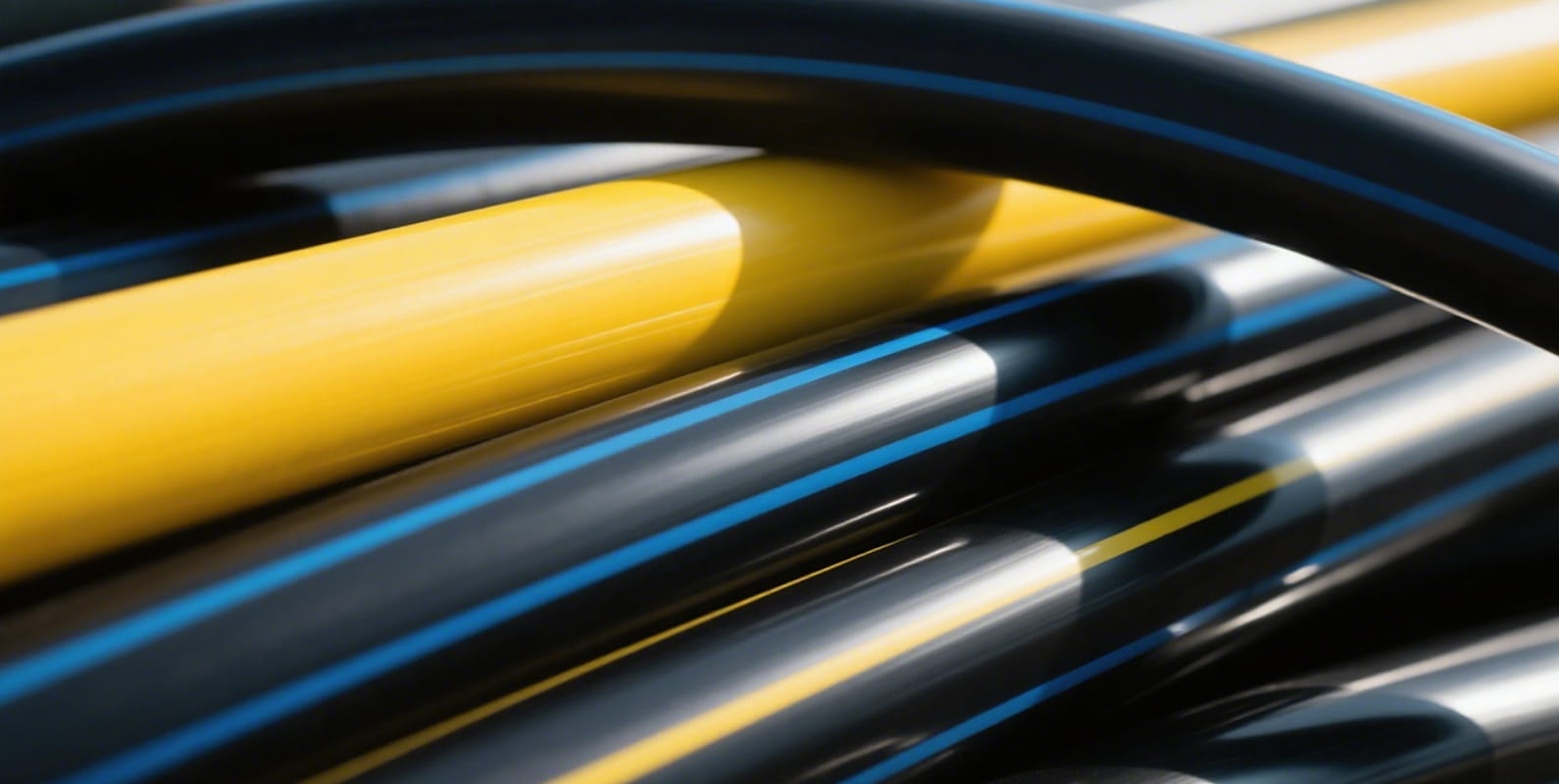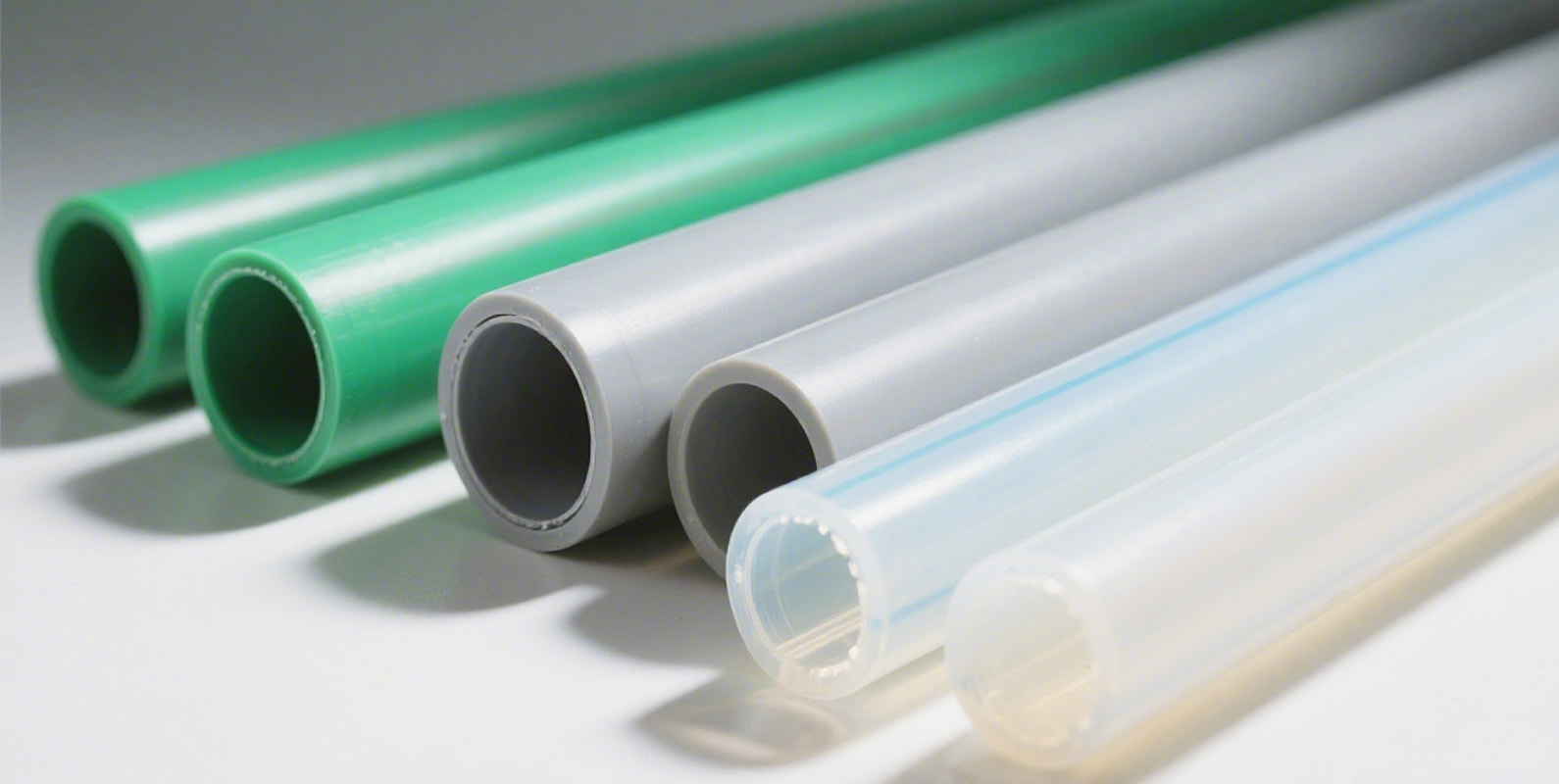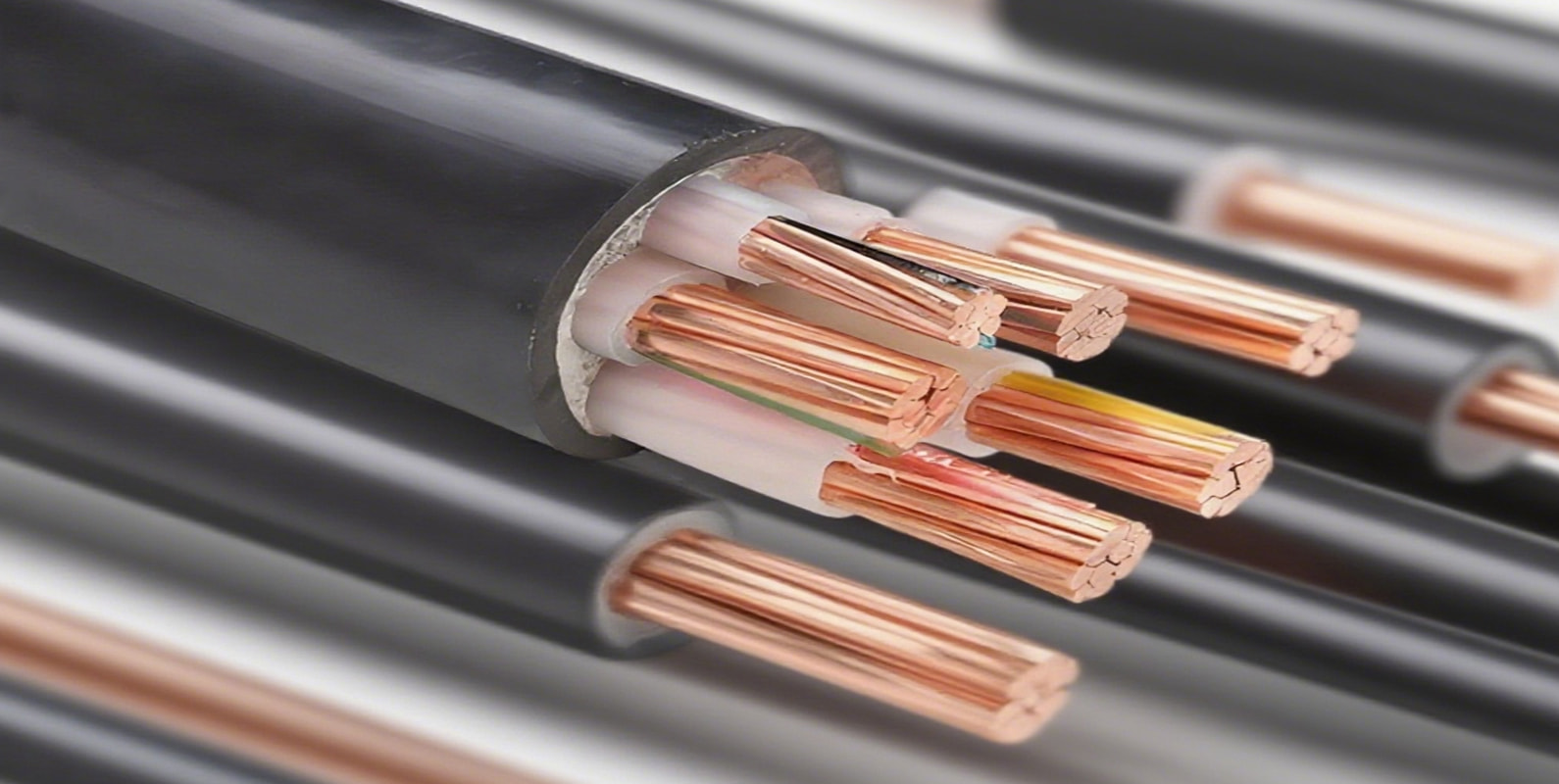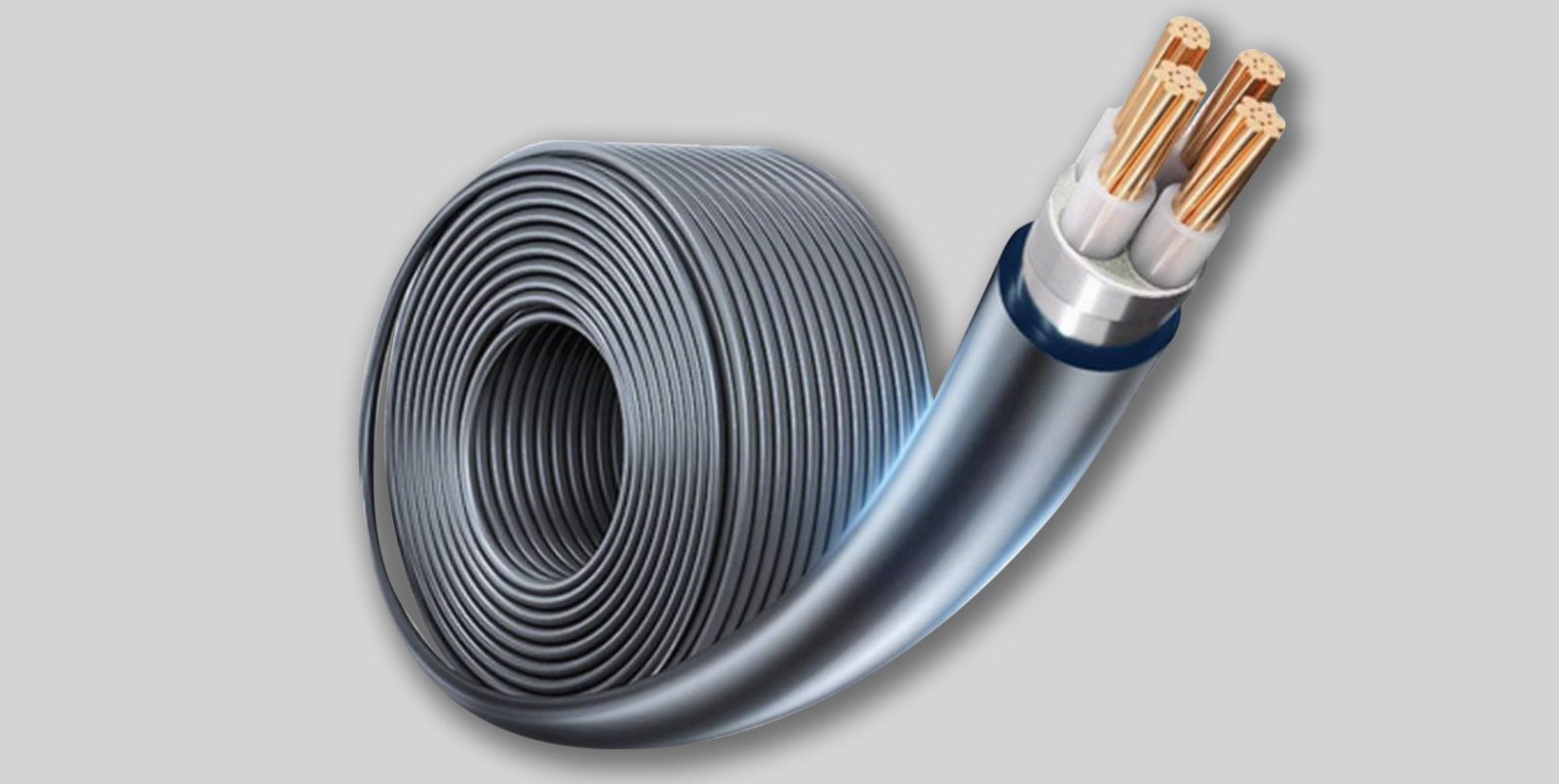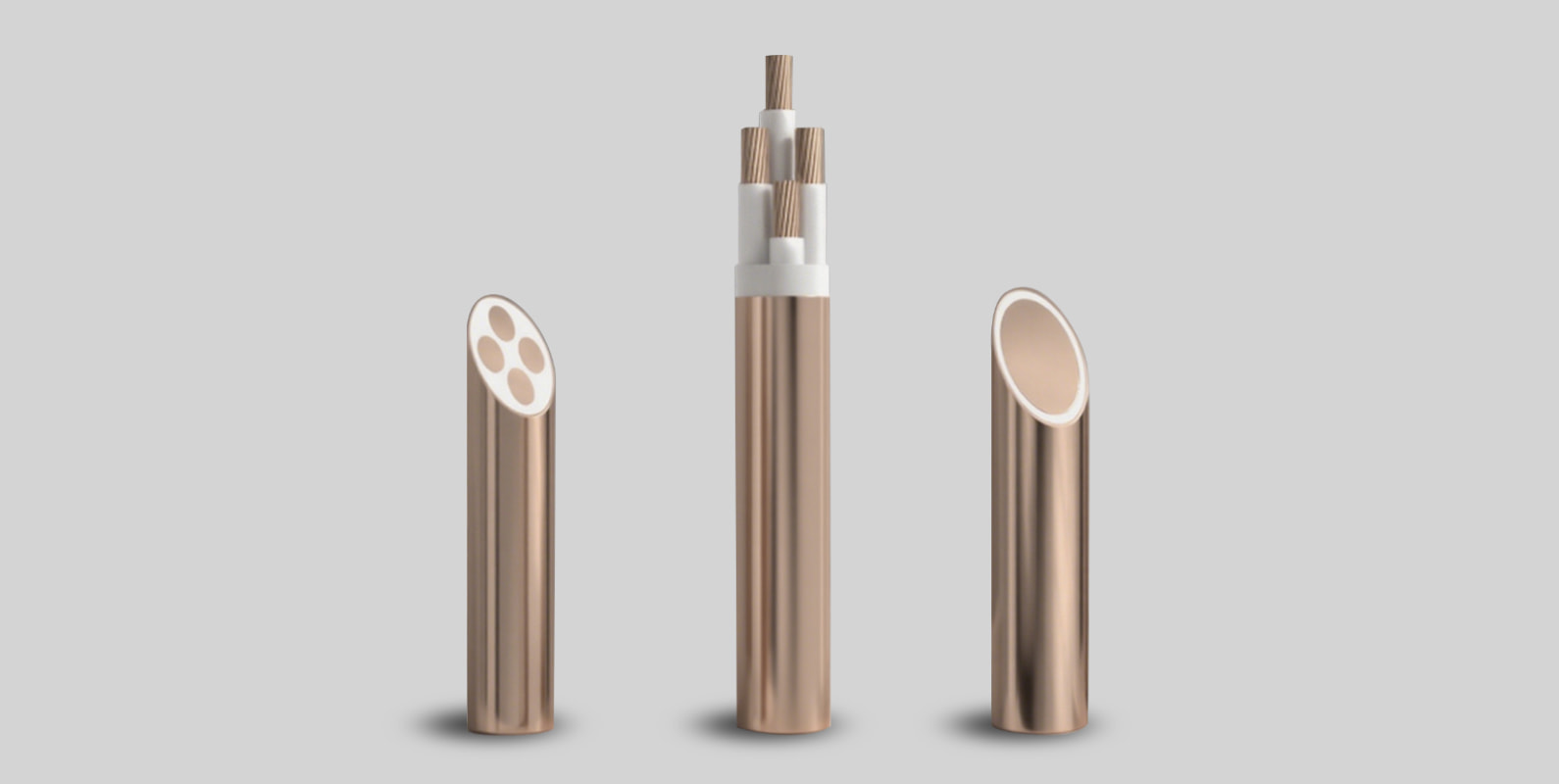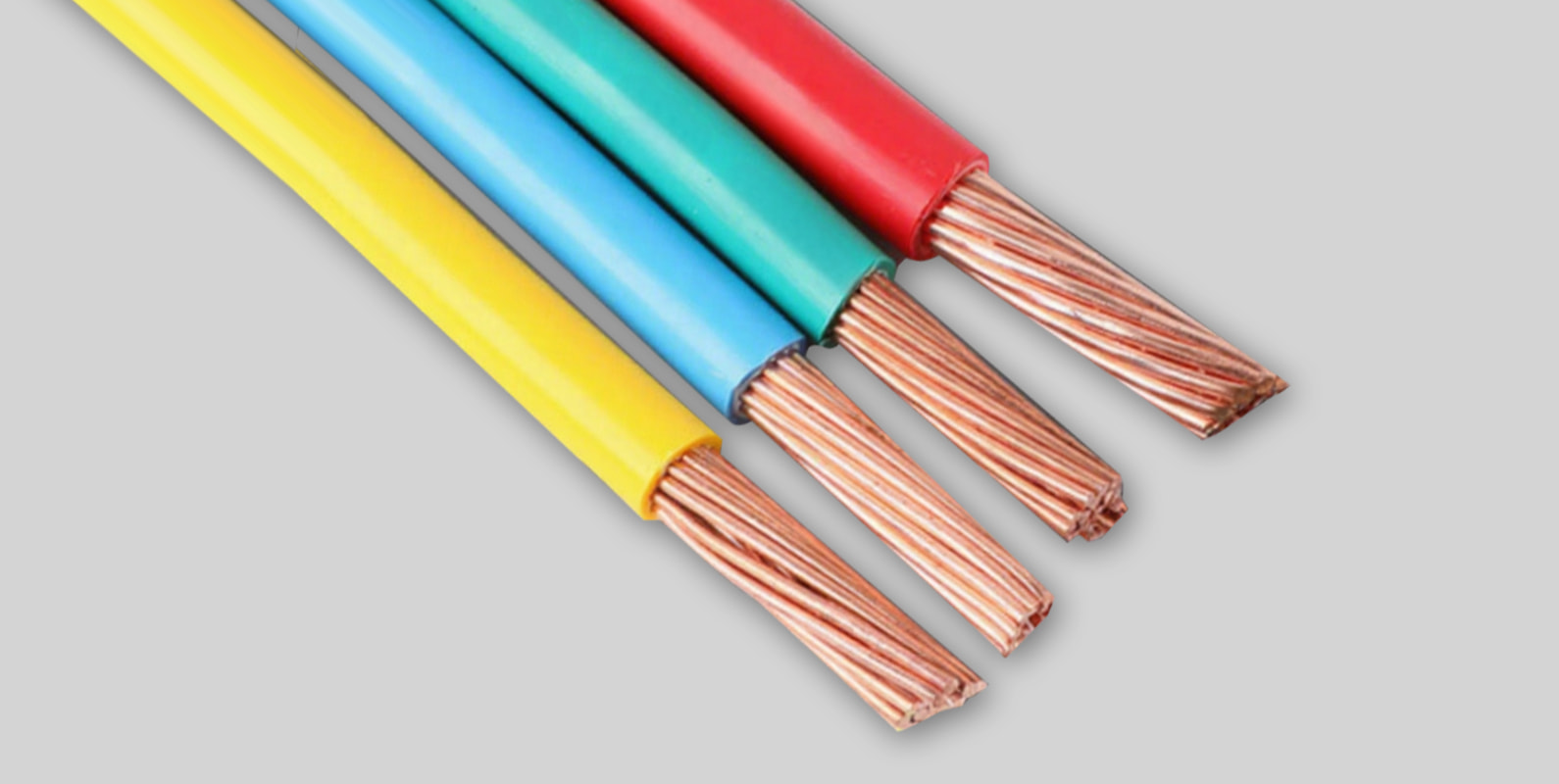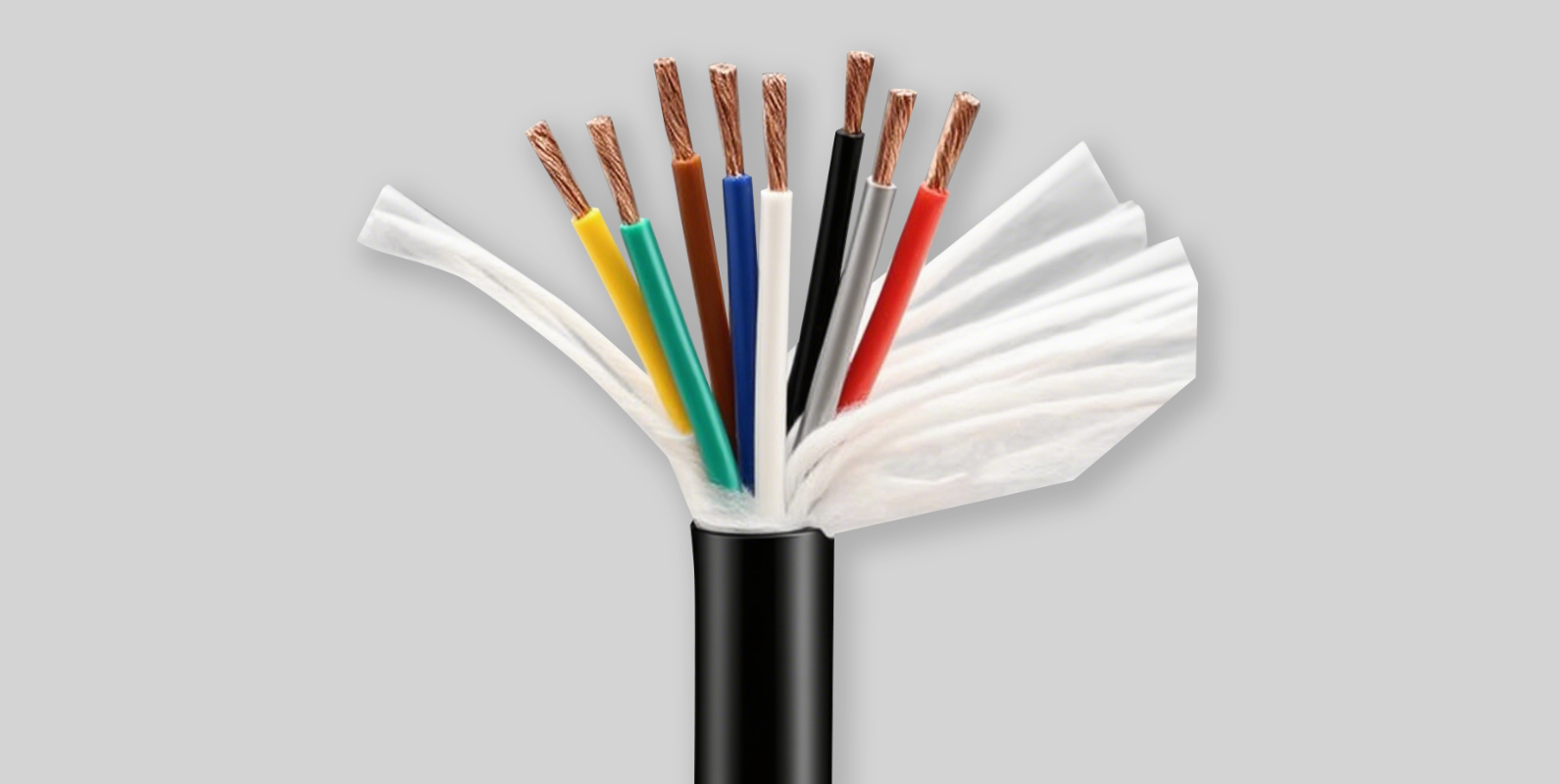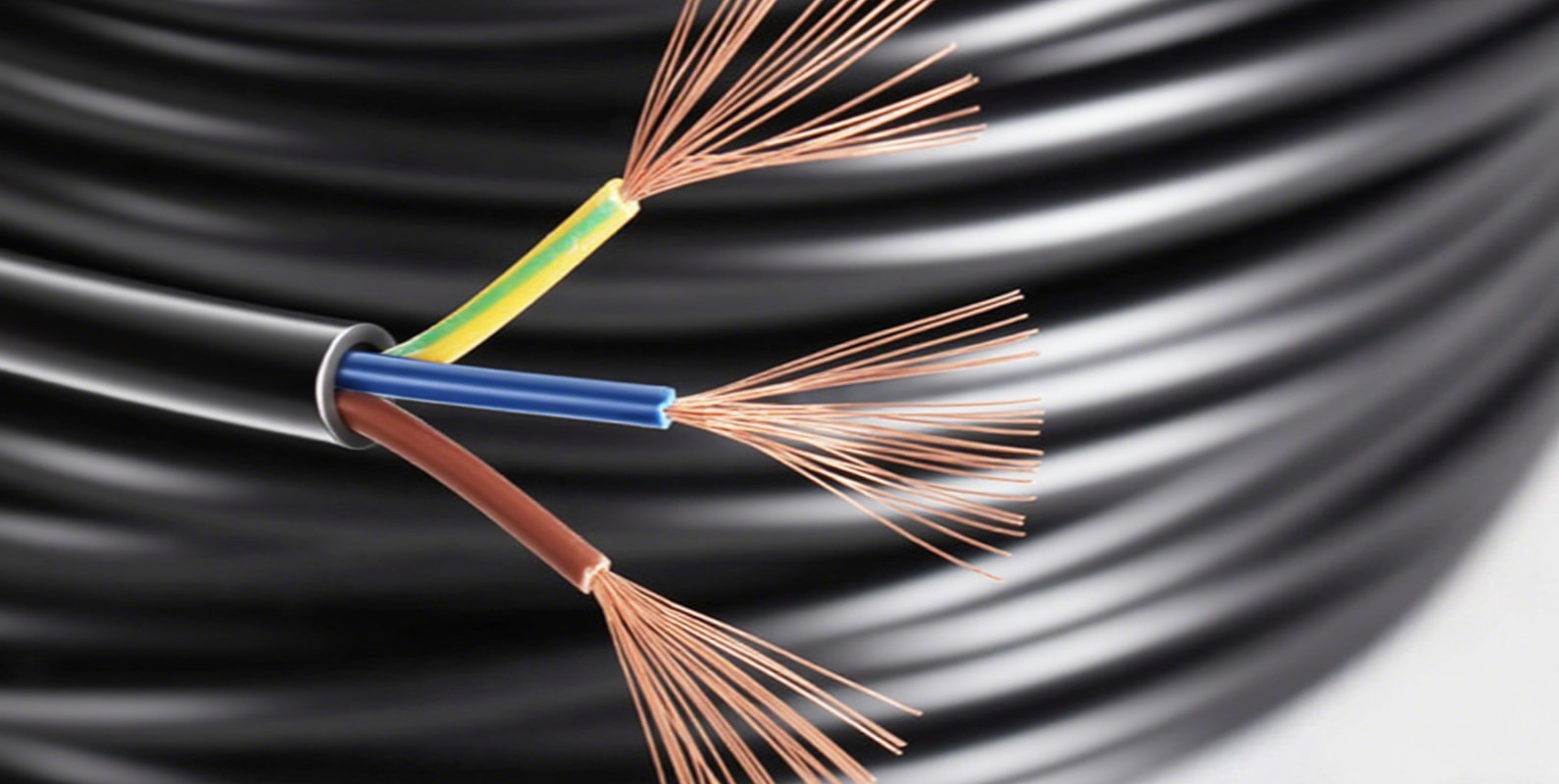High-strength anti-seismic bolts are mechanical fasteners made of high-strength steel and used to transmit large loads and earthquake resistance in combination with strict pre-tightening processes. Its core features include:High material strength: The screw material is usually 8.8, 10.9, and 12.9 grade high-strength steel (the number represents the standard value of tensile strength, such as 10.9 grade tensile strength ≥1000MPa, yield strength ≥900MPa).Large pre-tightening force: Apply high-strength pre-tightening force through a torque wrench or special equipment to generate friction on the surface of the connecting parts, thereby transmitting loads (friction-type connection) or directly bearing shear forces (pressure-bearing connection).Severe application scenarios: Mainly used in heavy steel structures, bridges, towers, large-span buildings and other scenarios with extremely high safety requirements.
Zhongya Smart Windows & Doors — every open and close marks a moment of peace of mind.


 中文简体
中文简体 English
English